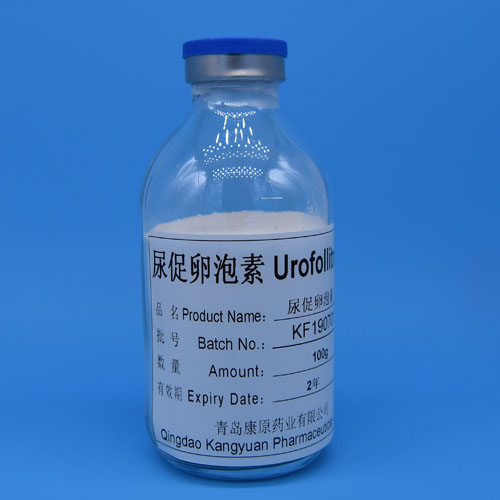Ulinastatin is a glycoprotein that has been used in the treatment of
numerous medical conditions, including acute pancreatitis and sepsis. The recent
innovations in ulinastatin manufacture have improved the production process,
resulting in greater efficiency and purity of the final product.
One of the most promising developments in ulinastatin manufacture is the
use of recombinant DNA technology. By cloning and expressing the genes that
produce ulinastatin, researchers have been able to produce larger quantities of
the protein with greater purity and consistency. This method has also allowed
for modifications to the protein structure that can improve its therapeutic
properties.

Another advancement in ulinastatin manufacture involves improving the
purification process to remove impurities more effectively. This can be achieved
by using advanced purification techniques such as high-performance liquid
chromatography (HPLC) and ultrafiltration. These methods can remove contaminants
and increase the purity of the final product.
Additionally, researchers are exploring new sources of ulinastatin. While
the protein is naturally found in the urine of healthy individuals, it is also
present in the urine of patients with certain medical conditions, such as
sepsis. By using urine as a source of ulinastatin, researchers can reduce the
cost of its production and minimize its impact on the environment.
Finally, innovations in ulinastatin delivery methods are also being
explored. For example, researchers are exploring the use of nanoparticle-based
drug delivery systems to enhance the clinical efficacy and bioavailability of
ulinastatin.
In summary, the recent developments in ulinastatin manufacture represent
significant advancements in the production, purification, and delivery of this
protein. These innovations will likely lead to improved therapies for a variety
of medical conditions, and pave the way for further research and development in
this field.